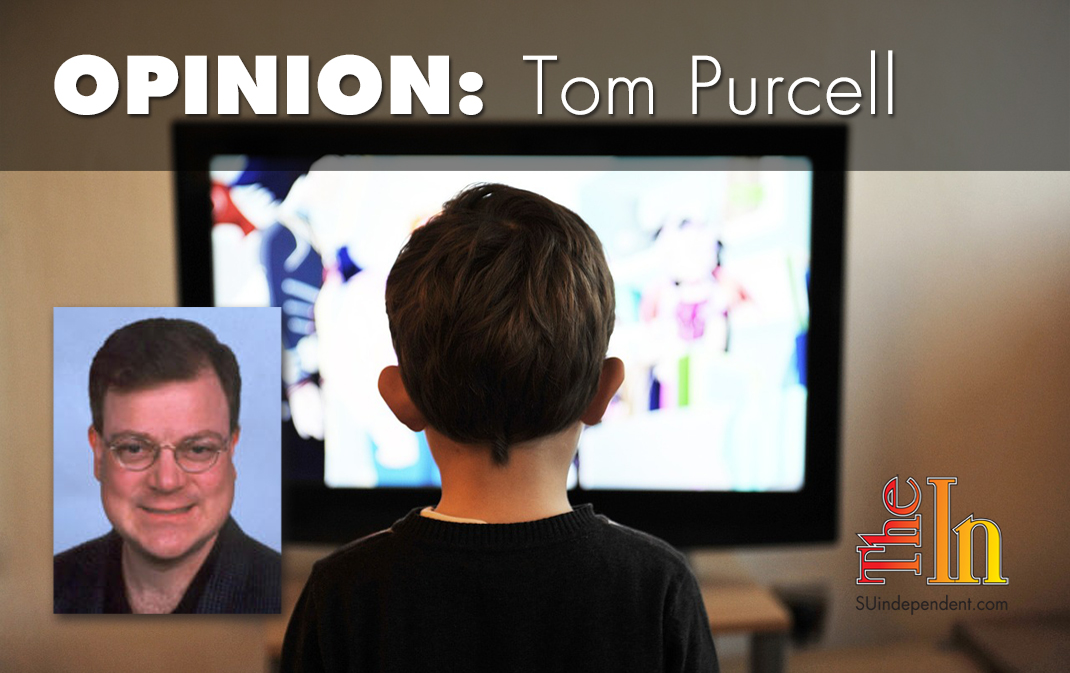
Living the cord-cutting dream
I’m so unhappy with my cable TV and Internet services that I’m going to do what I’ve long dreamed of doing and cancel my subscription.
I’m not alone in my unhappiness.
Consumer Reports says cable providers “have consistently rated below average among services we cover.”
A 2014 Consumer Reports survey of 81,848 customers “found almost universally low ratings for value … especially for TV and Internet.”
What’s worse, the costs of those services keep going up!
In 2014, reported the Mintel Group, home cable TV and internet services’ average cost was $154 monthly, or $1,848 yearly, more than that year’s average household spent on clothing, furniture, or electricity.
Consumer Reports says cable prices have risen faster than inflation, despite some competition from fiber-optic and satellite providers.
BGR reports cable giant Comcast boosted fees for 2019, which means “some plans under Comcast’s Triple Play Package branding … will cost as much as $215 a month ($2,580 over the course of a year) once the promotional offer ends.”
Ah, the old “promotional offer” tactic! Big Cable likes locking us into long-term contracts with discount packages that keep our monthly bills down for a while. But when those discounts expire, our bills soar.
This recently happened to me again.
I was paying about $155 a month. At least, I think I was. I’d need a busload of Harvard lawyers and CPAs to understand all the charges.
When my bill shot well past $200 a month, I called the cable provider. A customer service rep essentially told me to “either sign on for another two years or Vinny the Cable Guy will introduce your kneecaps to a Louisville Slugger.”
Cable providers weren’t always so universally disliked.
Consumer Reports says the “industry began in the late 1940s as ‘community antenna television,’ or CATV,” capturing good reception of over-the-air TV broadcasts and distributing the signals where reception was poor. “Since then cable has evolved from a small, localized service into a gigantic industry… .”
That industry’s big providers have gobbled up smaller ones, limiting competition, which enables them to get away with poor service and increasing costs.
Free-market advocacy organization Capitalism.com says another reason competition is so limited is big cable providers’ powerful lobbyists have persuaded legislators to create laws and regulations that “limit market entry for smaller, more affordable competitors.”
A quick search of Broadbandnow.com shows the limited options in my ZIP code: a giant cable company and a giant fiber optic company. They’re the only viable options, because while satellite services are available, too, big trees around my house likely would interfere with reception.
So what am I going to do? What thousands of other agitated cable customers are finally doing: I’m cutting the cable cord.
Since the only customers Big Cable and Big Fiber treat well are new customers, I’ll cancel cable and subscribe to fiber-optic internet service for about $40 a month.
I’ll get a digital TV antenna to watch local channels with no fees. And I’ll subscribe to a no-contract Internet streaming service to watch other channels for another $40 a month.
I was an English major, but even I can tell that $80 a month is a lot less than the $200 or more that a cable behemoth demands for essentially the same channels.
I’ve been dreaming of this moment for years, and it’s finally at hand: the moment when I tell that cable behemoth to go pound salt.
The viewpoints expressed above are those of the author and do not necessarily reflect those of The Independent.
How to submit an article, guest opinion piece, or letter to the editor to The Independent
Do you have something to say? Want your voice to be heard by thousands of readers? Send The Independent your letter to the editor or guest opinion piece. All submissions will be considered for publication by our editorial staff. If your letter or editorial is accepted, it will run on suindependent.com, and we’ll promote it through all of our social media channels. We may even decide to include it in our monthly print edition. Just follow our simple submission guidelines and make your voice heard:
—Submissions should be between 300 and 1,500 words.
—Submissions must be sent to editor@infowest.com as a .doc, .docx, .txt, or .rtf file.
—The subject line of the email containing your submission should read “Letter to the editor.”
—Attach your name to both the email and the document file (we don’t run anonymous letters).
—If you have a photo or image you’d like us to use and it’s in .jpg format, at least 1200 X 754 pixels large, and your intellectual property (you own the copyright), feel free to attach it as well, though we reserve the right to choose a different image.
—If you are on Twitter and would like a shout-out when your piece or letter is published, include that in your correspondence and we’ll give you a mention at the time of publication.
Articles related to “Living the cord-cutting dream”
Putting drug prices on TV will cause unnecessary patient panic



